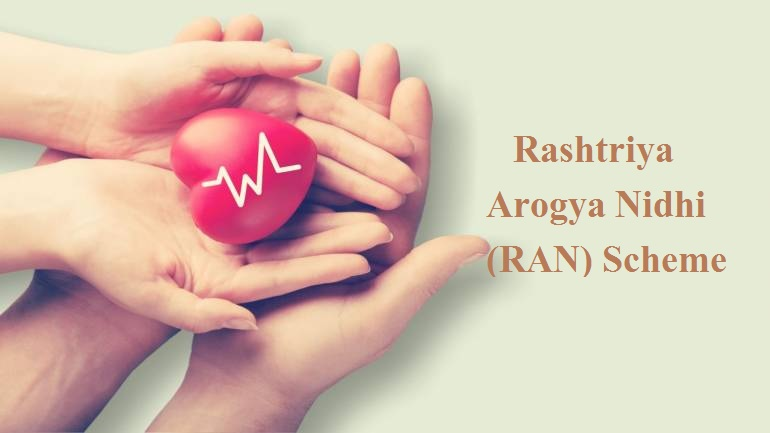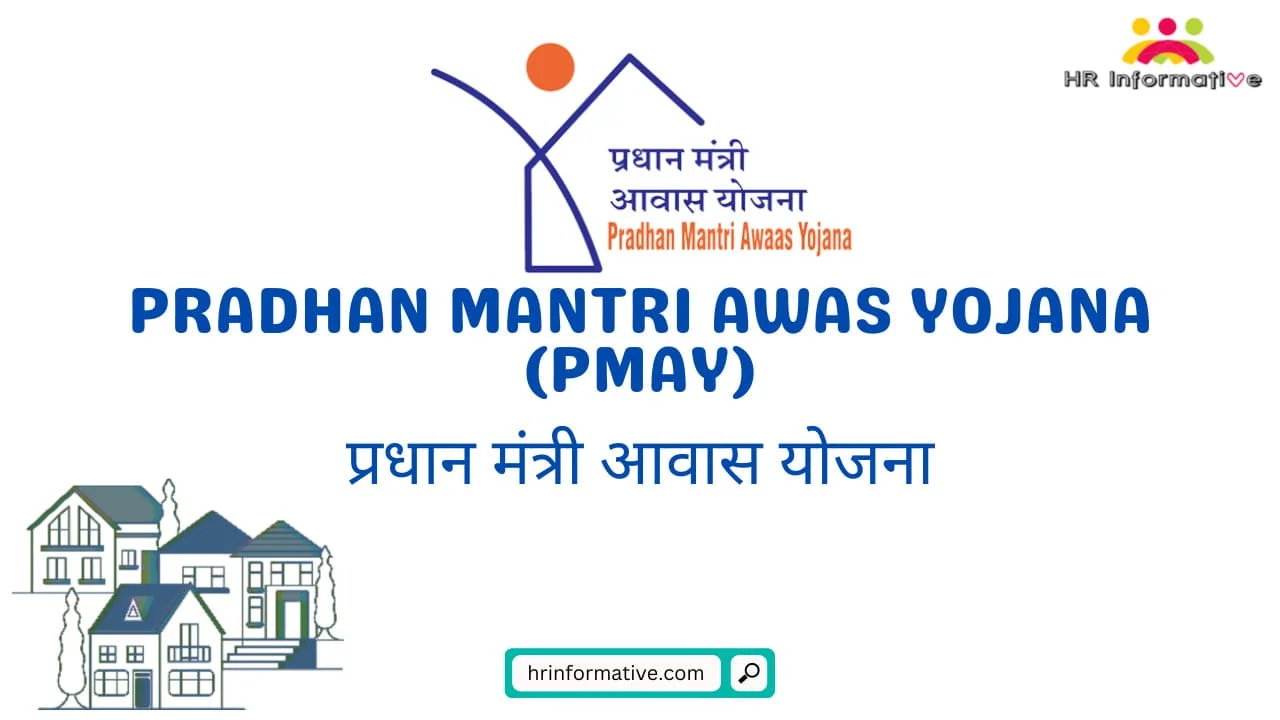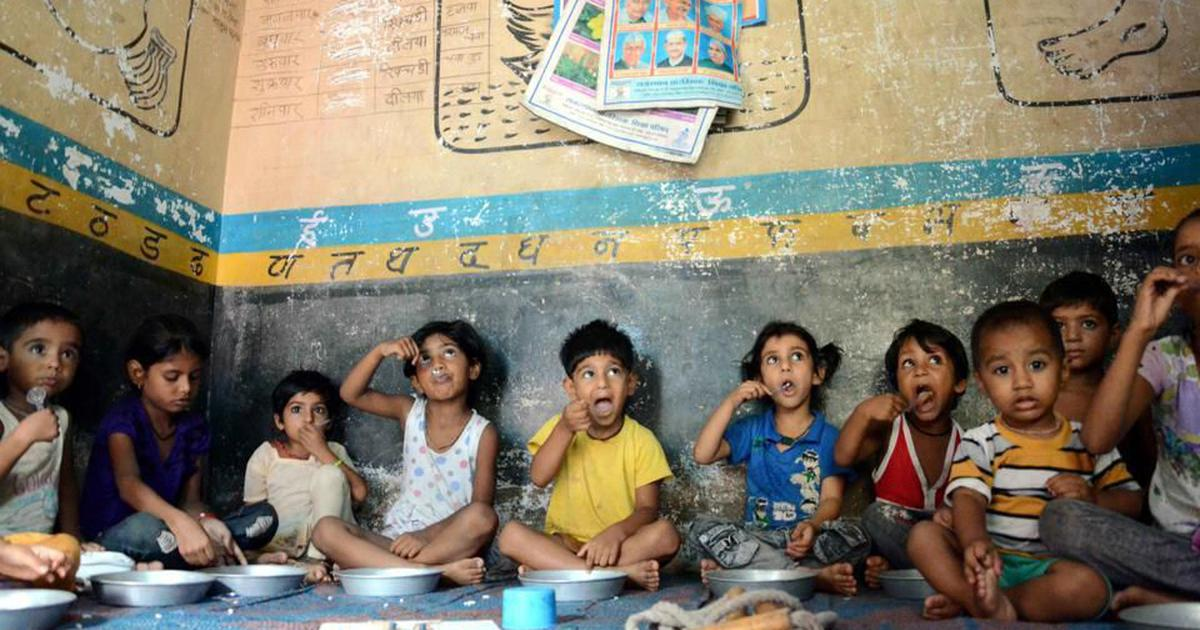Description

Copyright infringement not intended
Picture Courtesy: https://www.thehindu.com/news/national/pm-modi-signs-first-file-to-transfer-kisan-nidhi-instalment-to-farmers-opposition-sees-grand-show/article68273267.ece
Context: The Prime Minister released the 17th instalment of PM Kisan Nidhi, benefiting 9.3 crore farmers with ₹20,000 crore.
PM Kisan Nidhi Scheme
- The PM Kisan Nidhi Scheme is a Central Sector scheme with 100% funding from the Government of India.
- It was launched under the Ministry of Agriculture, in February 2019, to supplement the financial needs of farmers for the purchase of various inputs to ensure proper crop health and good yield.
- Under the PM Kisan Samman Nidhi Yojana, eligible farmers receive a fixed income support of ₹6,000 per year, payable in three equal instalments of Rs 2,000 each.
- The schemes leverage the Direct Benefit Transfer (DBT) mode to transfer funds directly into the bank accounts of eligible beneficiaries.
Objectives of the Scheme
- Income Support: Providing direct income support to farmers to augment their financial resources and alleviate financial distress.
- Enhanced Agricultural Productivity: Enabling farmers to invest in agricultural inputs such as seeds, fertilisers, and machinery to improve crop productivity and quality.
- Poverty Alleviation: Contributing to poverty reduction in rural areas by ensuring a regular source of income for small and marginal farmers.
- Promotion of Sustainable Agriculture: Encouraging the adoption of sustainable agricultural practices by facilitating access to essential resources and technologies.

Eligibility Criteria for PM Kisan Nidhi Scheme
- Land Ownership: The scheme applies to all landholding farmers, including those who own cultivable land as well as those who lease it. Landholding can be in the form of ownership, tenancy, or sharecropping.
- Farmer Categories Covered:
- Small and Marginal Farmers: The scheme primarily targets small and marginal farmers, as they often face greater challenges in accessing credit and resources.
- Family Members: The scheme covers all eligible family members engaged in farming activities.
- Exclusions:
- Institutional Landholders: Farmers who are institutional landholders, such as cooperatives, trusts, or any other agricultural organisation, are not eligible for benefits under the scheme.
- Income Tax Payers: Individuals who are already paying income tax are excluded from availing benefits under the PM Kisan Nidhi Scheme.
- Professionals: Farmers engaged in professions other than agriculture, such as doctors, engineers, lawyers, etc, are not eligible for the scheme.
|
The Ministry of Agriculture and Farmers Welfare allows farmers to register online through the PM-Kisan portal (https://pmkisan.gov.in/). In addition to online registration, offline methods such as visiting local agricultural offices or designated centres may also be available for farmers to register for benefits.
|
Documents Required
- Land Documents: Farmers are required to submit documents proving their ownership or tenancy of agricultural land. These may include land deeds, lease agreements, or land records.
- Identification Proof: Farmers need to provide identification proof to verify their identity. This can include Aadhaar cards, voter ID cards, or other government-issued identity documents.
|
After submitting registration and document details, a verification process is initiated by the relevant authorities to confirm the authenticity of the applicant's information. This may involve field visits, document verification, and cross-referencing with government databases to ensure eligibility criteria are met.
|
Exclusions
- Urban Dwellers: The scheme targets rural farmers, excluding urban populations from its benefits.
- Income Criteria: Farmers who fall above a certain income threshold may not be eligible for the scheme.
- Land Ownership: Those who do not own land or have ownership below a specified threshold may not qualify.
- Government Employees: Agriculturalists who are also employed by the government may be excluded due to their non-agricultural income.
|
These exclusions aim to ensure that the benefits are directed towards the intended beneficiaries – small and marginal farmers in rural areas who face economic vulnerabilities.
|
Implementation
- Central Role: The central government designs the scheme, allocates funds, and provides guidelines for implementation.
- State Role: State governments are responsible for identifying eligible beneficiaries, verifying their credentials, and disbursing funds.
- Budget Allocation: The central government allocates a budget for the scheme, which is disbursed to the states based on the number of eligible beneficiaries identified by them.
- Monitoring Mechanisms: Both central and state governments employ monitoring mechanisms to ensure transparency, accountability, and effective implementation of the scheme. These mechanisms may include regular audits, beneficiary verification processes, and the use of technology for efficient fund disbursement and tracking.
Impact
- Income Stability: Direct income support through the scheme has provided stability to farmers' incomes, especially during periods of agricultural distress.
- Debt Reduction: By supplementing farmers' incomes, the scheme has helped reduce their dependency on high-interest loans and mitigate debt-related vulnerabilities.
- Investment in Agriculture: Beneficiaries have been able to invest in agricultural inputs, technologies, and infrastructure, leading to increased productivity and profitability.
- Social Upliftment: Improved financial stability has contributed to the overall socio-economic upliftment of farming communities, including better access to education and healthcare.
Challenges Faced in Implementation
- Data Accuracy: Ensuring accurate identification and registration of eligible beneficiaries among the vast farming community.
- Administrative Bottlenecks: Delays in disbursing funds due to bureaucratic procedures or lack of efficient administrative machinery at the grassroots level.
- Reach to Marginalised Farmers: Reaching out to marginalised farmers in remote areas who may lack awareness or access to formal banking channels.
- Corruption and Leakage: Preventing corruption and leakages in the distribution process, ensuring that funds reach the intended beneficiaries.
- Technological Hurdles: Overcoming technological challenges in data management, including updating beneficiary information and preventing duplication.
Steps taken by the government
- Digitalization: Utilizing digital platforms for beneficiary registration, verification, and fund transfer to improve efficiency and transparency.
- Awareness Campaigns: Conducting awareness campaigns to educate farmers about the scheme, eligibility criteria, and the application process.
- Decentralisation: Delegating authority to local administrative bodies for faster decision-making and implementation.
- Monitoring Mechanisms: Implementing robust monitoring mechanisms to track fund utilization and prevent misuse.
- Capacity Building: Providing training and capacity-building programs for government officials involved in scheme implementation.
Conclusion
PM Kisan Nidhi is a significant initiative aimed at providing direct income support to small and marginalised farmers across India. Despite facing implementation challenges, the government's proactive measures and commitment to farmer welfare have helped in mitigating these hurdles to a large extent.
Source:
THE HINDU
Wikipedia
Vikaspedia
|
PRACTICE QUESTION
Q. The PM-Kisan Nidhi scheme involves a significant financial outlay by the government. Analyze the potential long-term fiscal sustainability of the scheme, considering factors like future government budgets and the number of potential beneficiaries.
|








.jpg)

.png)


